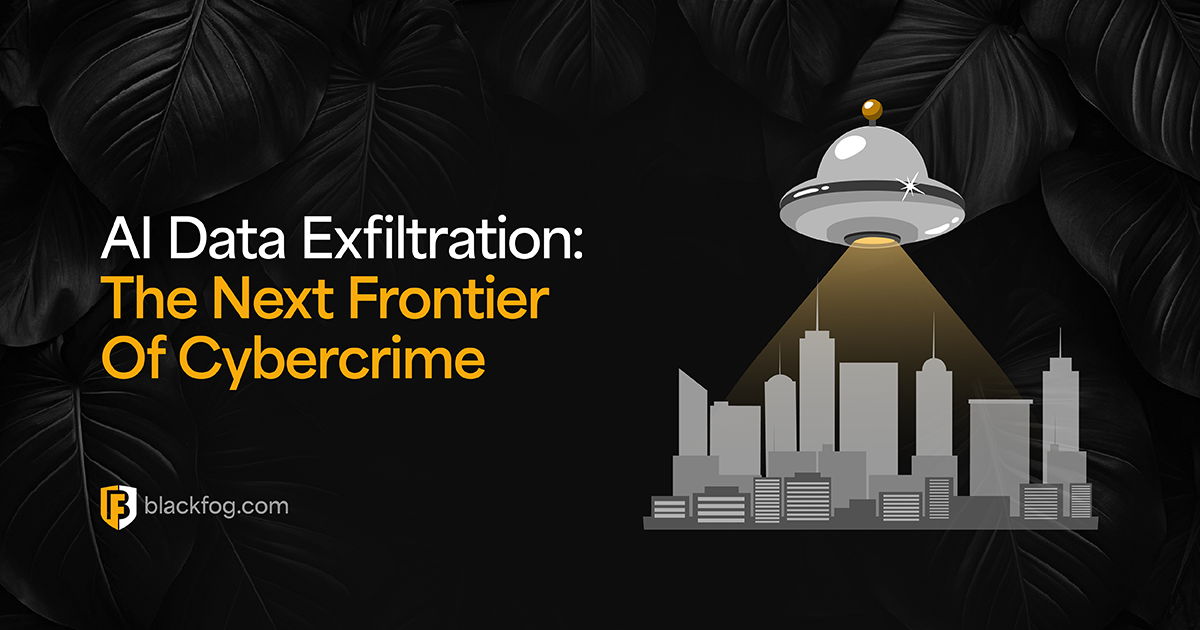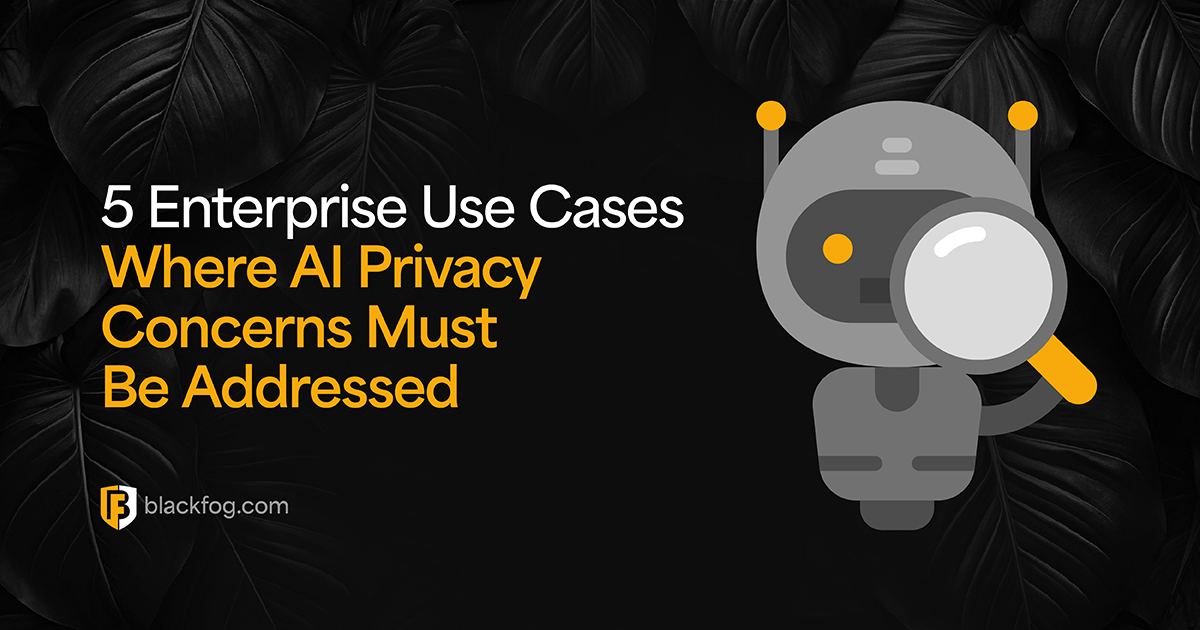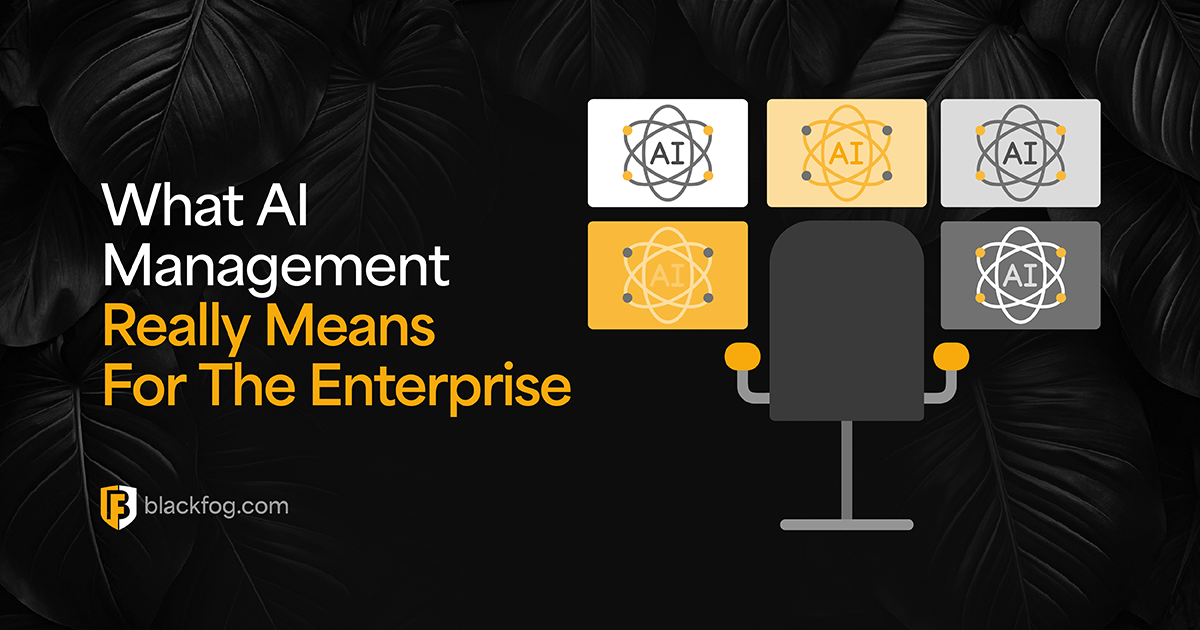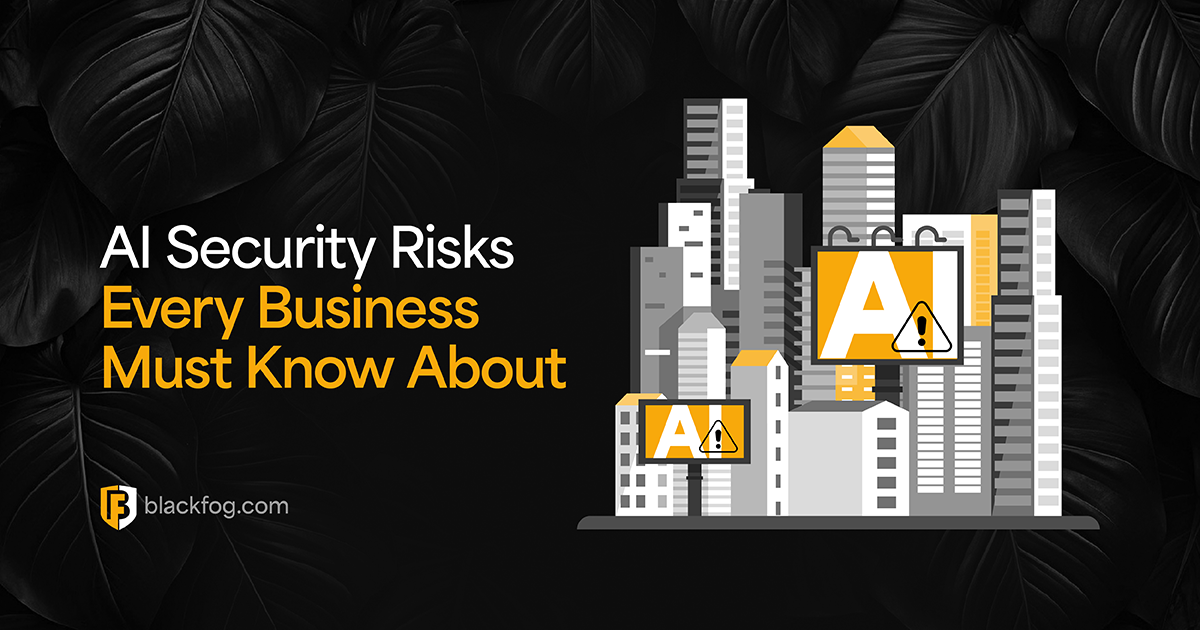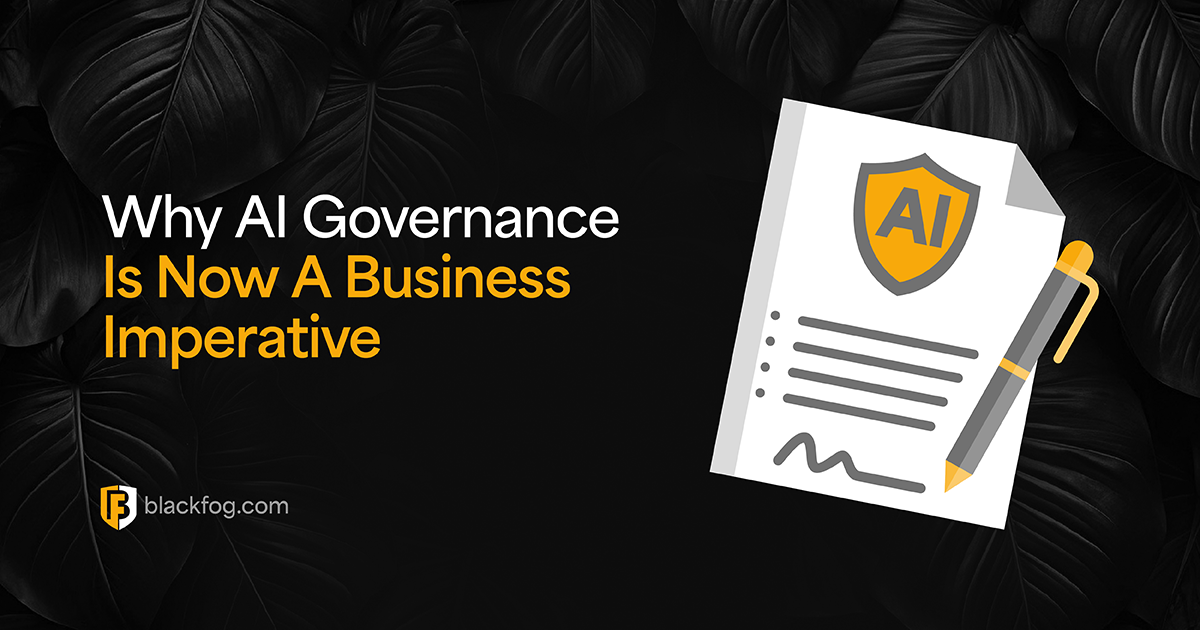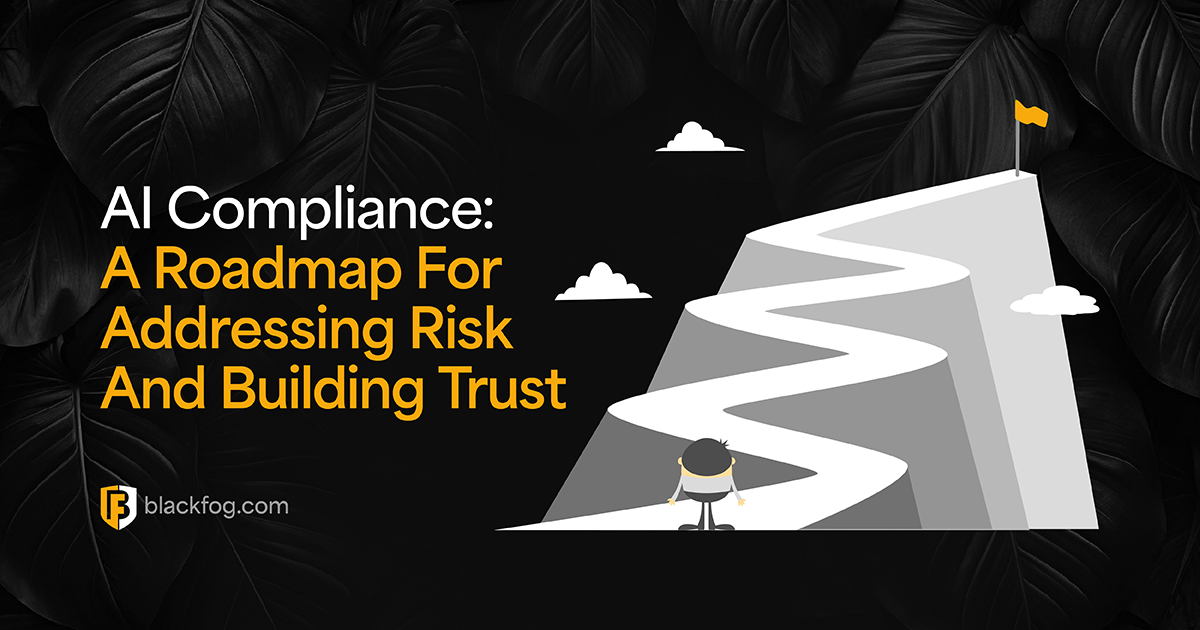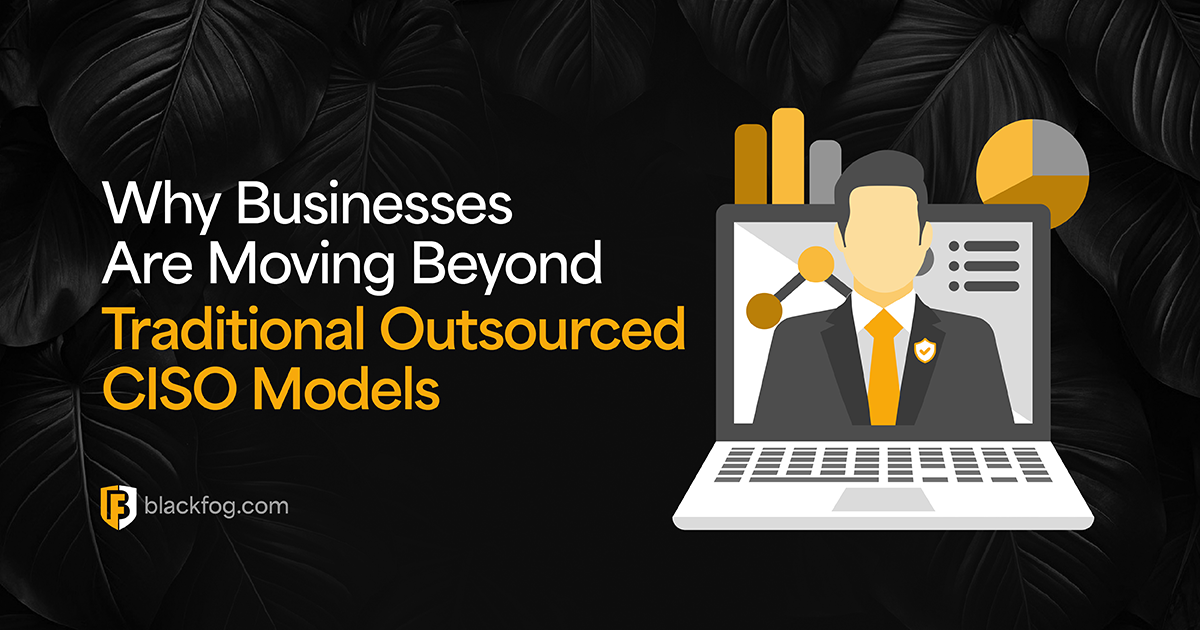
Why Businesses Are Moving Beyond Traditional Outsourced CISO Models
As cyberthreats become more frequent, targeted and damaging, businesses are under growing pressure to secure complex environments, manage compliance and respond to evolving risks. This means that the need for effective cybersecurity leadership is higher than ever – yet many firms struggle to find the talent to take control of these efforts.
With demand continuing to outstrip supply, the cybersecurity skills gap remains a major challenge. Hiring an experienced, full-time chief information security officer (CISO) is often financially out of reach, particularly for small and mid-sized firms. To bridge this gap, many organizations are turning to outsourced CISO services.
This offers a flexible approach that provides access to expert leadership without the cost and complexity of building internal capabilities from scratch. So what should firms know about this – and how is the landscape for these services changing with improved technology?
What Does An Outsourced CISO Do?
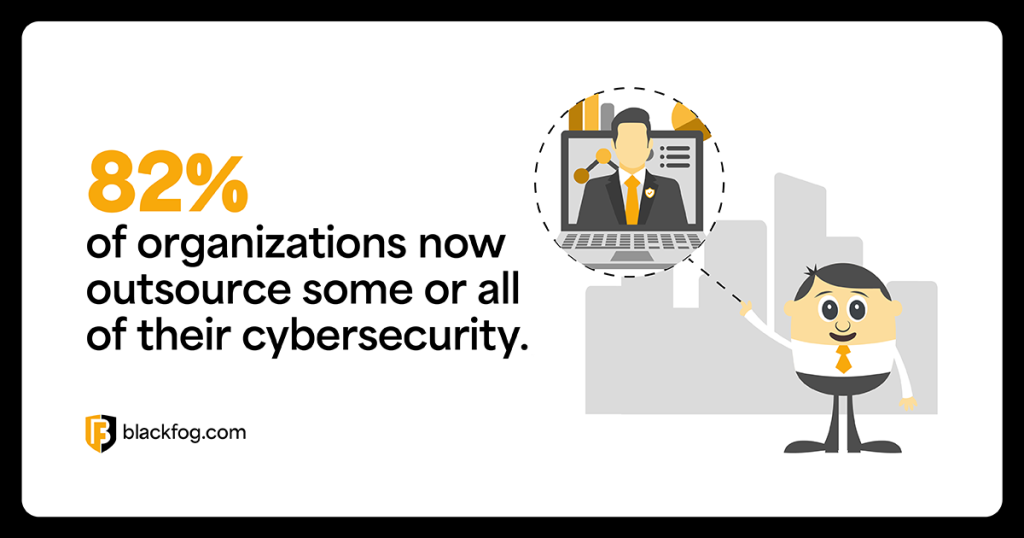
As cyber risks escalate and in-house security expertise becomes harder to find, outsourcing key security functions has become increasingly common. In fact, figures from Foundry show that 82 percent of organizations expect to outsource some or all of their cybersecurity operations in 2025.
An outsourced CISO will be a priority for many when looking for ways to mitigate risk in cybersecurity. These are third-party professionals who can provide high-level guidance on risk assessments, regulatory compliance, policy development, incident response and long-term security planning. They act as strategic advisors, helping businesses align their security posture with operational goals and industry standards.
Engagements can vary: some CISOs operate on a part-time or fractional basis, while others may be retained for specific projects or regulatory needs. This flexibility makes outsourced CISOs particularly attractive to small and mid-sized businesses that need leadership, but lack the resources for a permanent executive hire.
Benefits Of An Outsourced CISO
For many businesses, especially those with limited in-house resources, outsourced CISO services offer a practical and cost-effective way to gain access to senior-level leadership and create a cybersecurity roadmap. These arrangements provide flexibility, reduce overheads and deliver proven expertise without long-term commitments. Key benefits include:
- Cost savings: Outsourcing avoids the high salary, benefits and overheads associated with hiring a full-time CISO.
- Access to top-tier expertise: These pros bring industry knowledge and hands-on experience from working across multiple sectors and threat environments.
- Scalability: Services can be tailored to the size, risk profile and needs of the business.
- Faster onboarding: Outsourced solutions can deliver an immediate impact without the delays of executive recruitment or lengthy ramp-up.
The Limitations Of Traditional Outsourced Models
While outsourced CISOs offer clear benefits, they aren’t a complete solution for every organization. Many traditional models are advisory in nature and may not provide the depth or immediacy needed to handle today’s most advanced threats. Potential limitations of this approach include:
- Lack of real-time threat response: Many outsourced CISOs don’t monitor networks continuously or intervene during active incidents.
- Limited integration: External consultants may not be embedded in daily operations, reducing situational awareness.
- Reactive rather than proactive: Focus may be on audits and policies, not ongoing threat prevention.
- Gaps in technical enforcement: Recommendations may lack follow-through if there’s no embedded security technology.
- Short-term focus: Some engagements are project-based, without long-term strategic alignment or continuity.
Virtual CISOs: The Next Step In Outsourced Cybersecurity
To address these concerns, firms should consider the benefits of a virtual CISO (vCISO). This builds on the outsourced CISO model by offering not just strategic oversight, but active, ongoing engagement with a business’s cybersecurity operations. While traditional outsourced CISOs often operate in a purely advisory capacity, a vCISO combines executive-level guidance with continuous monitoring, threat detection and hands-on support across networks and endpoints.
This model moves organizations from a reactive posture that is focused on responding to incidents and passing audits to a proactive strategy that anticipates and neutralizes threats before damage occurs. Instead of just advising, a vCISO becomes part of the operational fabric of the business, offering tailored insights, fast response times and the ability to adapt security policies as new risks emerge.
As cyberthreats become more advanced, with risks including ransomware, AI-driven attacks and data exfiltration, businesses need leadership that actively defends, and a vCISO delivers that next level of embedded protection.
Why BlackFog’s ADX Instinct Takes It Further
BlackFog’s ADX Instinct goes beyond the typical vCISO offering by combining strategic cybersecurity leadership with our advanced anti data exfiltration (ADX) technology, all as part of a single vCISO cost. While many services focus on detection and response, ADX Instinct actively prevents the most dangerous stage of a ransomware attack: data exfiltration.
By blocking outbound data flows to unauthorized destinations in real-time, it stops cybercriminals from stealing sensitive information before they can demand a ransom. This approach integrates ongoing threat prevention with executive-level guidance, offering businesses both the oversight and operational defense they need.
In a fast-moving threat landscape where criminals increasingly target organizations of all sizes, firms without a full-time CISO face growing risk. ADX Instinct helps bridge that gap, offering a cost-effective, embedded solution that stops attacks before damage is done.
Share This Story, Choose Your Platform!
Related Posts
AI Data Exfiltration: The Next Frontier Of Cybercrime
How are cybercriminals using AI data exfiltration to enhance their ransomware attacks and what must businesses do to counter these threats?
5 Enterprise Use Cases Where AI Privacy Concerns Must Be Addressed
AI privacy concerns are rising with AI adoption - five use cases highlight the key issues businesses must consider.
What AI Management Really Means For The Enterprise
Ongoing AI management is essential in maintaining compliance in a challenging environment. Here's what businesses need to consider.
AI Security Risks Every Business Must Know About
AI Security Risks are growing as AI embeds in business. What key threats must firms address to stay compliant with data regulations?
Who’s Really In Charge? Why AI Governance Is Now A Business Imperative
Find out why a strong AI governance program will be essential if enterprises are to make the best use of the highly in-demand technology.
AI Compliance: A Roadmap For Addressing Risk And Building Trust
AI compliance is set to be a major focus for businesses in the coming year. Here's what you need to know to make this as easy as possible.

